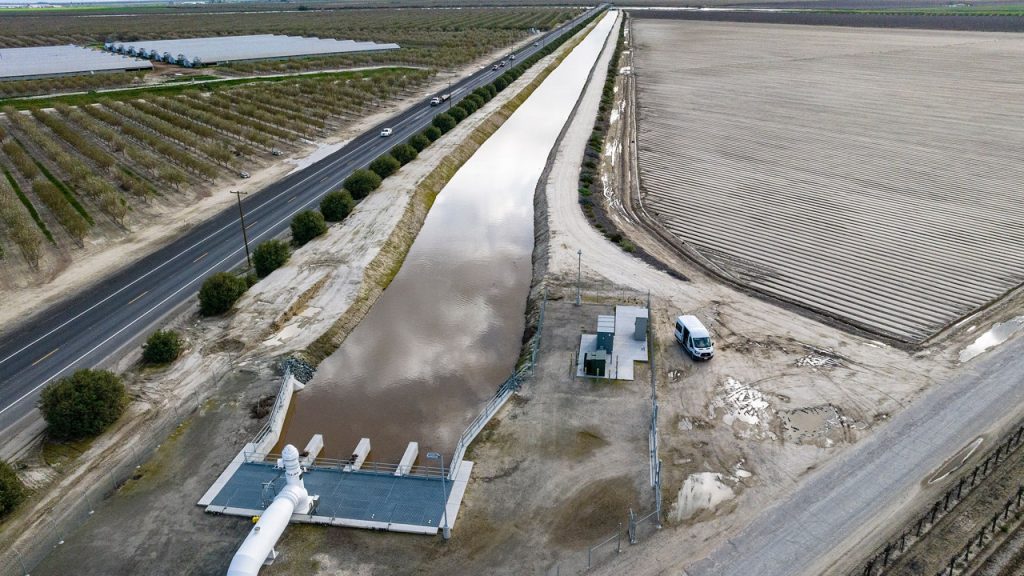California experienced an increase in groundwater supplies for the first time in four years, with 4.1 million acre-feet of managed groundwater recharge and an 8.7 million acre-feet increase in groundwater storage in the water year ending in September. Groundwater supplies are essential for growing fresh produce in the state. Water officials attributed the impressive recharge numbers to efforts during last year’s rains, such as capturing water flows from melting snowpack in the mountains and encouraging farmers to flood fields to replenish groundwater basins.
Efforts to step up groundwater recharge in California are crucial as the state faces drier years due to climate change. The state’s population relies on groundwater for drinking water, and farmers depend on it to grow a variety of crops, from carrots and almonds to berries and leafy greens. California enacted a law requiring local communities to measure and regulate groundwater pumping to ensure sustainability after some wells ran dry and land began sinking due to excessive groundwater extraction. Water officials reported a rebound in areas where land had been sinking as users pumped less groundwater following the availability of more surface water after the rains.
California water officials noted that the state extracted 9.5 million acre-feet of groundwater in the last water year, down from 17 million acre-feet the year before. Some farmers have reported seeing a recovery in their wells this year, prompting questions about the need for further cuts in groundwater pumping. Joaquin Contente, a dairy farmer in the San Joaquin Valley, observed a recovery in his wells, with one returning to almost normal levels after previously being more than 30 feet deep. However, California’s water officials cautioned that it would take five rainy years like the previous year to boost groundwater storage to necessary levels after years of overpumping.
While the increased groundwater supplies in California are a positive development, officials emphasize the need for continued efforts to capture and store water efficiently, especially with the expectation of drier years ahead due to climate change. Groundwater is a critical resource for the state’s population and agriculture, making sustainable management of groundwater basins essential for long-term water security. Despite some areas seeing improvements in groundwater levels, it will require sustained efforts over several years to replenish groundwater storage to levels needed after years of depletion. California remains committed to advancing sustainable water management practices to ensure water availability for future generations.













